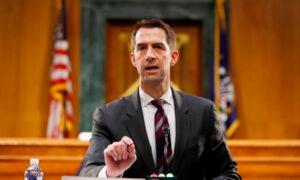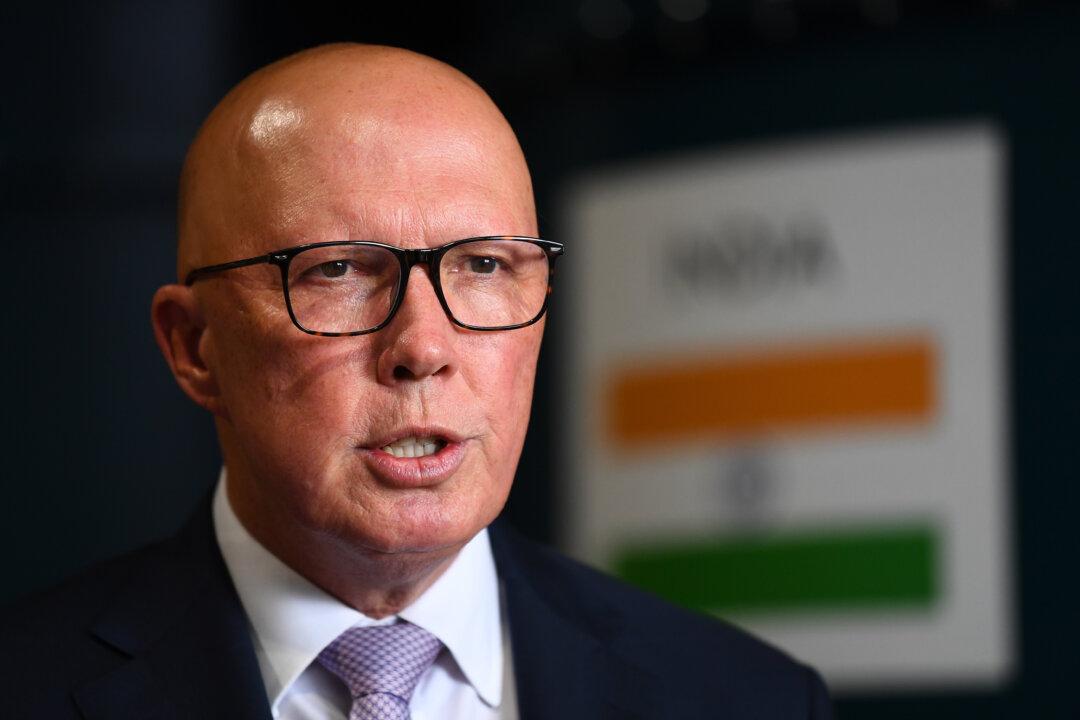More than three million Australians will have their student debt cut by the Albanese government as they wipe around $3 billion (US$2 billion) in student debt.
An individual with a HELP debt of $26,500 (US$17,000) will have around $1,200 (US$800) wiped from their outstanding HELP loans in 2024 if the legislation passes.
How the Relief Will Work
The Australian Labor government will cut student debt by capping the HELP indexation rate to the lower of the Consumer Price Index (CPI) or the Wage Price Index (WPI) effective from June 1, 2023.Currently, while a student is not charged interest on their HELP loan, it is “indexed” to the inflation rate, or CPI, to ensure the government does not lose value on the repayments.
The University Accord is the Australian government’s commitment to drive reform in the tertiary system.
“We are doing this, and going further,“ Mr. Clare said. ”We will backdate this reform to last year.”
He said that this will wipe out what happened in 2023 and ensure that it “never happens again.”

Addressing Inflation, Cost-of-Living Pressures
The joint release said that this month’s upcoming budget will try to ease the cost-of-living pressures on Australians and fight inflation as the foundations are laid for future economic growth.The minister for skills and training said this cut in student debt continues the government’s work to reduce and remove financial barriers to education and training.
“VET Student Loans and Apprenticeship Support Loans support many Australians to get the skills they need for secure and rewarding careers,” Mr. O'Connor said.
He said that these changes make sure that help is provided on a fairer basis.
“By backdating this reform to last year, we’re making sure that those with student loans affected by last year’s jump in indexation get this important cost-of-living relief,” he said.
Opposition to the Change
Ben Phillips, associate professor at Australian National Univerity’s Centre for Social Research and Methods, said that the cuts to HELP (formerly HECS) indexation won’t provide cost-of-living relief in the present.He said that HECS is a progressive tax almost exclusively paid by the top half of the income distribution.
“Lowering HECS requires more taxes or less government spending elsewhere. Also there is almost no link between HECS and uni participation.”

US Government Addresses Student Debt
The move by the Australian government comes after the Biden administration in the United States approved almost US$150 billion (A$230 billion) of student debt relief to four million Americans across numerous executive actions.The survey also found that 55 percent supported capping monthly payments for undergraduate loans at 5 percent of a borrower’s monthly income, with 20 percent opposed.
However, some Americans, such as House Budget Committee Chairman Jodey Arrington, are opposed to President Biden’s suggested 2024 loan programs.
Mr. Arrington said President Biden is pushing an unconstitutional student loan process to buy votes.
Mr. Arrington said Biden’s administration is set on circumventing the Supreme Court, defying Congress, and saddling the United States with more debt.






